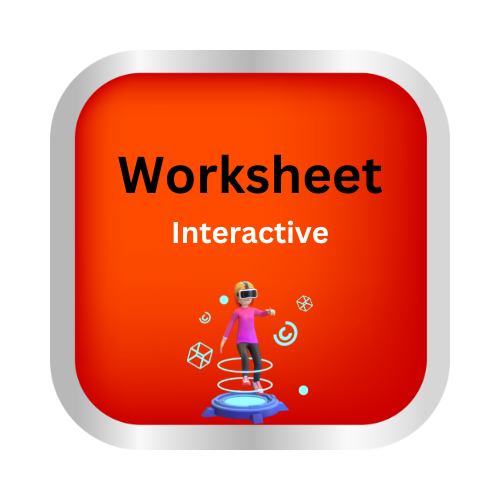Exploring Forces
key notes:
1. What Are Forces?
- A force is a push or pull acting on an object.
- Forces can cause objects to:
- Start moving.
- Stop moving.
- Change direction.
- Change shape.
- Change speed.
2. Types of Forces
- Contact Forces: Forces that act when two objects are physically touching.
- Examples: Friction, tension, normal force, air resistance.
- Non-contact Forces: Forces that act even when objects are not touching.
- Examples: Gravitational force, magnetic force, electrostatic force.
3. Measuring Forces
- Force is measured in Newtons (N) using a spring balance.
- It is a vector quantity, meaning it has both magnitude and direction.
4. Effects of Forces
- Forces can:
- Change the motion of an object (speed up, slow down, stop, or turn).
- Change the shape of an object (stretch, compress, or deform).
5. Balanced and Unbalanced Forces
- Balanced Forces: When the forces acting on an object are equal in size but opposite in direction, they cancel each other out, and the object remains at rest or moves at a constant speed.
- Unbalanced Forces: When the forces acting on an object are not equal, they cause a change in the object’s motion.
6. Newton’s Laws of Motion
- First Law (Law of Inertia):
- An object will remain at rest or in uniform motion unless acted upon by an external force.
- Second Law:
- The force acting on an object is equal to the mass of the object multiplied by its acceleration.
- Formula: F=ma
- Third Law:
- For every action, there is an equal and opposite reaction.
7. Friction
- A force that opposes the motion of an object.
- Types of Friction:
- Static Friction: Acts on stationary objects.
- Kinetic Friction: Acts on moving objects.
- Ways to reduce friction: Lubrication, smoothing surfaces, using wheels.
8. Gravity
- A force of attraction between two objects with mass.
- The strength of gravity depends on:
- The masses of the objects.
- The distance between them.
- Acceleration due to gravity on Earth: 9.8 m/s2.
9. Pressure
- Force applied over an area.

- Examples:
- Atmospheric pressure.
- Pressure in liquids and gases.
10. Applications of Forces
- Bridges and buildings: Designed to withstand forces.
- Vehicles: Use friction (brakes) and air resistance (aerodynamics).
- Sports: Forces determine speed, direction, and impact.
11. Experiment Ideas
- Measure the force needed to move an object on different surfaces (study of friction).
- Observe the effect of gravity by dropping objects of different weights.
Let’s practice!

